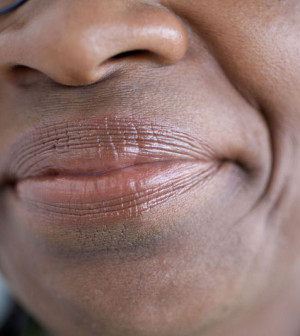Don't Miss
- Skip Storing This Everyday Product in the Fridge Door
- Green Tea + B3 Pairing May Boost Brain Health
- Navigating Your Midlife Crisis: Embracing New Possibilities
- City Raccoons Showing Signs of Domestication
- Mapping the Exposome: Science Broadens Focus to Environmental Disease Triggers
- One Week Less on Social Media Linked to Better Mental Health
- Your Brain Changes in Stages as You Age, Study Finds
- Some Suicide Victims Show No Typical Warning Signs, Study Finds
- ByHeart Formula Faces Lawsuits After Babies Sickened With Botulism
- Switch to Vegan Diet Could Cut Your Greenhouse Gas Emissions in Half
Health Tip: Dealing With a Bee Sting
By LadyLively on June 26, 2015


Most bee stings involve less-than-severe allergic reactions that don’t require emergency medical care.
To treat most bee stings, the Mayo Clinic advises:
- Use tweezers to remove the stinger from the skin as quickly as you can. The faster it’s removed, the less venom is likely to enter the body.
- Use soap and water to gently cleanse the area.
- Sooth swelling and pain with a cold compress or ice pack.
- If the area is swollen, itchy or red, apply calamine lotion.
- Take an antihistamine containing diphenhydramine or chlorpheniramine if the itching or swelling is uncomfortable.
- Don’t scratch the affected area. Doing so can lead to an infection.
Source: HealthDay
Copyright © 2025 HealthDay. All rights reserved.










